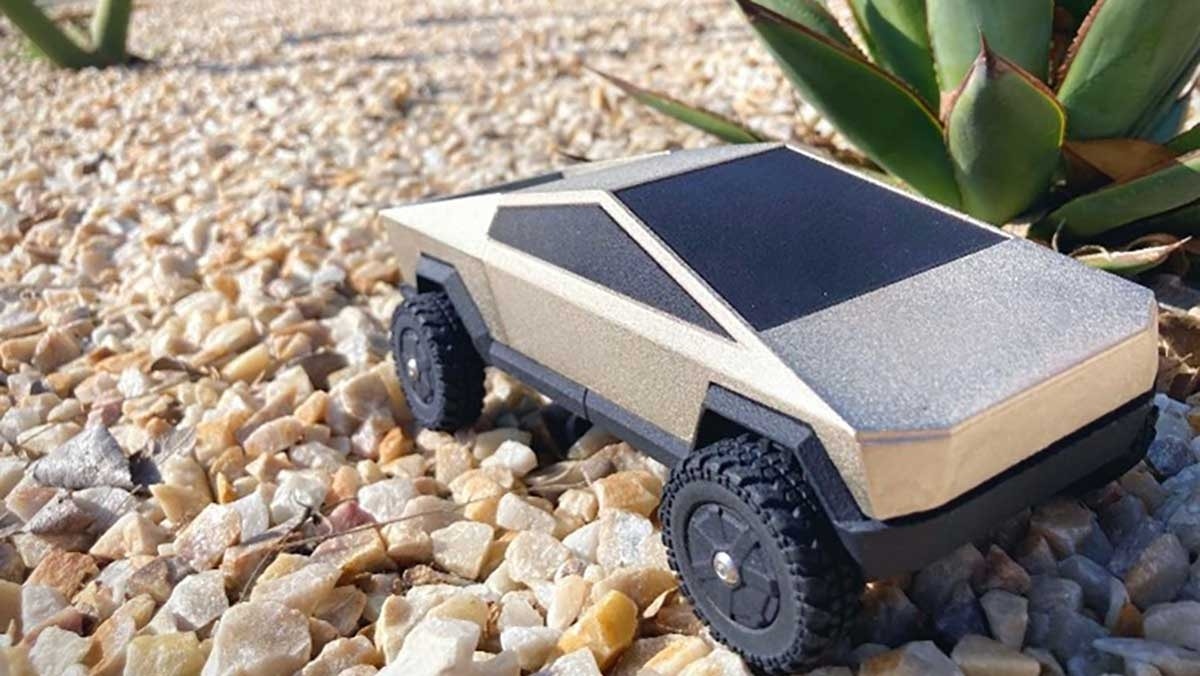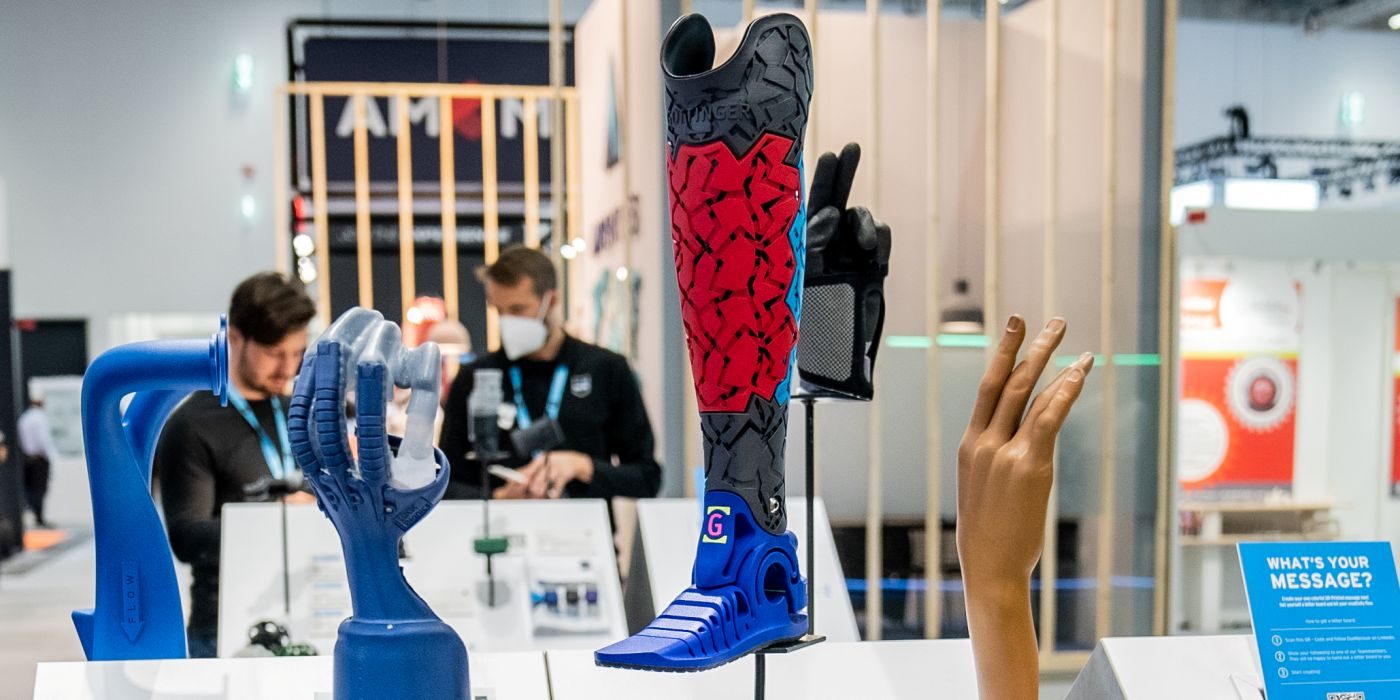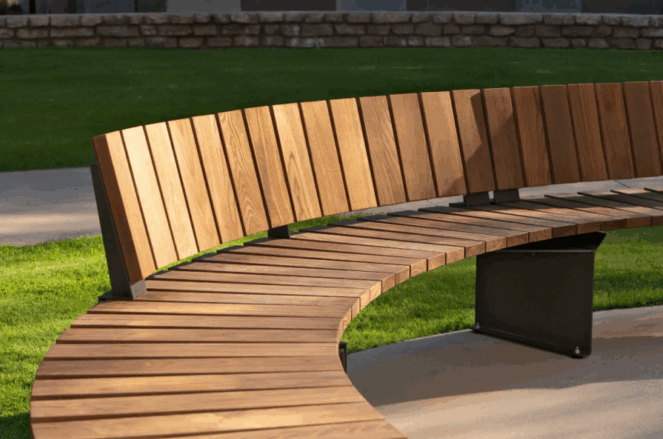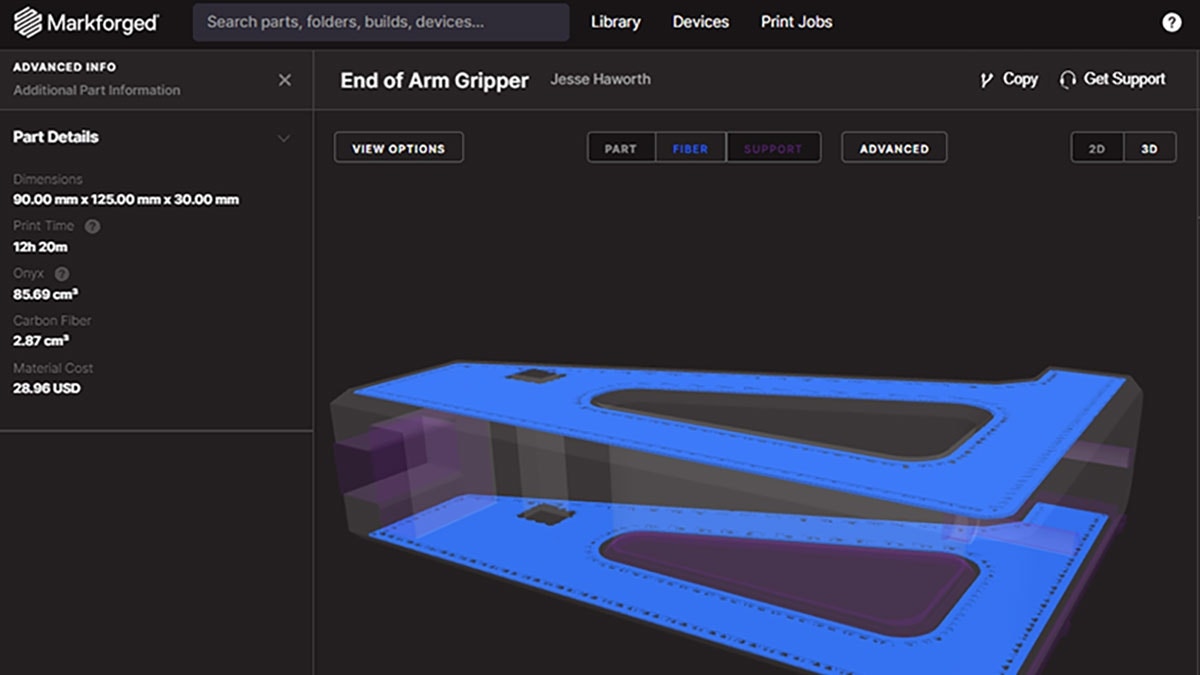The practice of metal plating or metallization of plastic parts has been in use for a long time. Many people don’t realize that thermoplastic 3D printed parts can also undergo this same process with amazing results. We have seen firsthand that this process works well with many HP Jet Fusion and Markforged thermoplastic materials.
Metallization allows for targeted metal properties on lightweight and in-expensive plastics that can be printed with complex geometries that are unattainable with traditional manufacturing. In today’s blog, we are going to remove the veil look at five reasons to metal plate your 3D printed parts.
Cosmetic Purposes and Reflective Properties
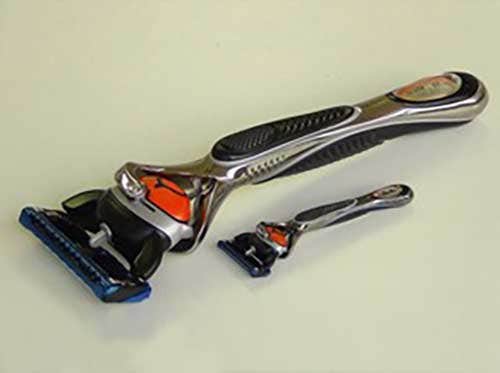
Many applications require the look of metal but not mechanical performance. This can often be seen with chrome-plated automotive components anywhere from grill guards, and instrument panels, to door handles and even headlight reflectors. In addition to automotive industries, plumbing hardware and electronics manufacturers also heavily used plated plastic for cosmetic purposes.
Plating 3D printed parts with a cosmetic coating is a cost-effective way to create great-looking metal-like parts. When shooting for highly reflective surfaces, printed parts must be very smooth before plating. There are three primary ways to smooth parts: first through sanding down layer lines (600 grit), second through vapor smoothing (chemical polishing), and finally through tumbling (mechanical polishing). Of the three techniques, vapor smoothing will be the most automated and quickest solution.
Structural Benefits
Metal plating of 3D printed parts can also improve the overall strength of the part. Along with an improvement in tensile strength, wear resistance, and improved surface hardness are also great benefits from electroplating.
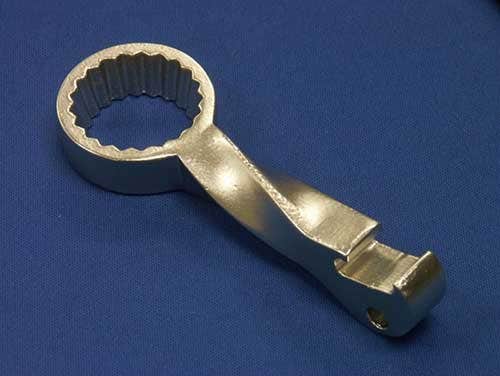
To find out how much stronger parts can be, we reached out to Repliform who is very knowledgeable on plating printed parts. Here is the test data from Repliform showing strength improvement from different plating types when using HP Jet Fusion PA12 and PA12GB (glass bead) parts.
Improvement in Flexural Strength vs Thickness of Metal Plating
From the chart data, it is very clear that plating your printed parts can lead to some significant strength benefits. The thicker the plating, the stronger your part becomes. This process can be a viable alternative to metal 3D printing in certain applications.
Protect Parts from the Elements
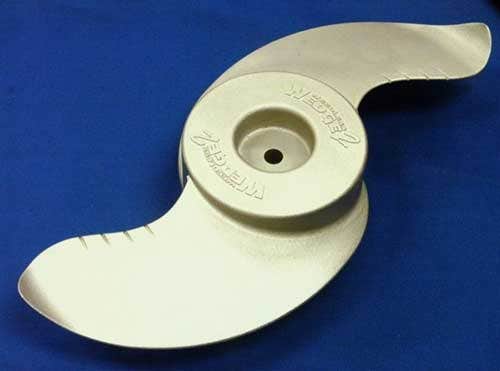
Protecting plastic parts from the elements can be challenging. Metal plating is a great way to apply several key protections with one process:
- Heat Resistance
- UV Stability
- Chemical Resistance
- Corrosion Resistance
Electrical Conductivity
Plating your plastic parts with an electrically conductive material such as copper can help reduce costs and weight for any industry that deals with electronics and semiconductors.
EMI / RFI Shielding
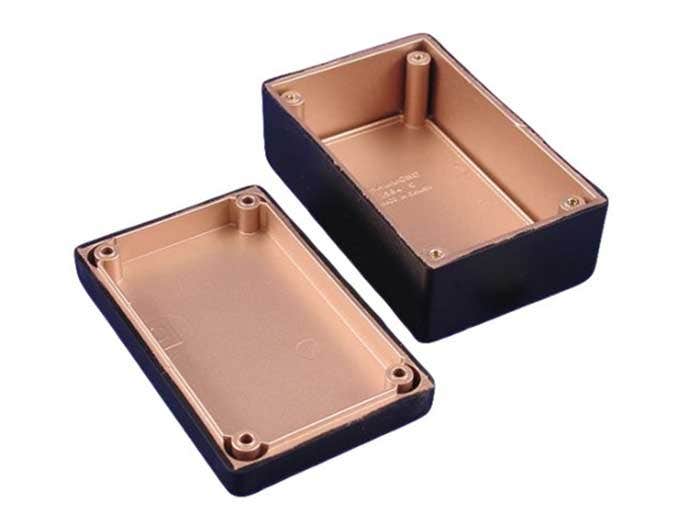
In the electronics world, protecting internal circuitry is also an important topic to consider. Industries such as medical, aerospace, and automotive that have critical applications have a greater need for this type of protection. Plastics in general have very little resistance to electromagnetic interference (EMI) and radio frequency interference (RFI) unless they are coated through some form of metalization. The standard that governs the performance of these types of coatings is EMC (electromagnetic compatibility) ratings. Metal plating of your plastic parts can bring them up to EMC specifications.
Common Metal Plating Methods:
Electroplating
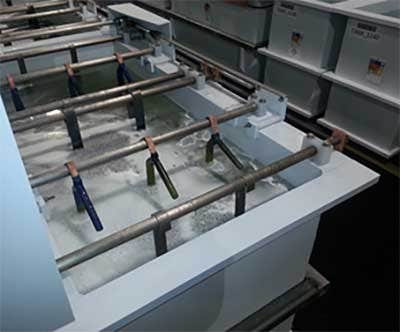
Process: A conductive part is placed in an electrically charged bath that contains a cathode of the plating material and the anode being the part to be plated. Then under an electrical current, the positively charged plating material is split up into ions that are attracted to the surface of your negatively charged part. To electroplate a plastic part, a conductive outer layer must be applied either through electroless plating or conductive paints. Metal coatings can vary in thickness typically anywhere between 10-400 microns thick.
Benefits: Cosmetic Improvement, EMI/RFI shielding, improved strength, heat, and chemical resistance.
Drawbacks: Additional steps must be taken to add a conductive coating on your plastic part.
Typical Materials/Finish Options: Nickel, Copper, Silver, Gold, Chrome
Electroless Plating
Process: Process of metalizing parts without the use of an electrical current by a series of chemical baths to etch (increase surface area and anchor points), autocatalyze (substrate to encourage metal to bond to plastic), and finally a thin layer of metal is deposited on the plastic surface. Once this process is complete, the part can be further processed using standard electroplating as if it were a metal part. Other names for this process: auto-catalytic, or chemical plating. Most often, parts are further electroplated on top of this layer to add thickness and/or change the coating material.
Benefits: Very consistent way to make your plastic parts conductive.
Drawbacks: Process requires many steps and chemicals.
Typical Materials/Finish Options: Nickel, Copper
Conductive Paint
Process: Conductive paint is sprayed onto the surface of a part. Raw material usually is in the form of a metal powder that is then applied to the part as a spray. Additional electroplating can then be done after the conductive base layer if desired.
Benefits: More convenient process. Masking portions of the part that will not be plated is easier.
Drawbacks: Not as consistent could have poor adhesion to the part surface.
Typical Materials/Finish Options: Nickel, Copper
Vacuum Metalizing (Physical Vapor Deposition)
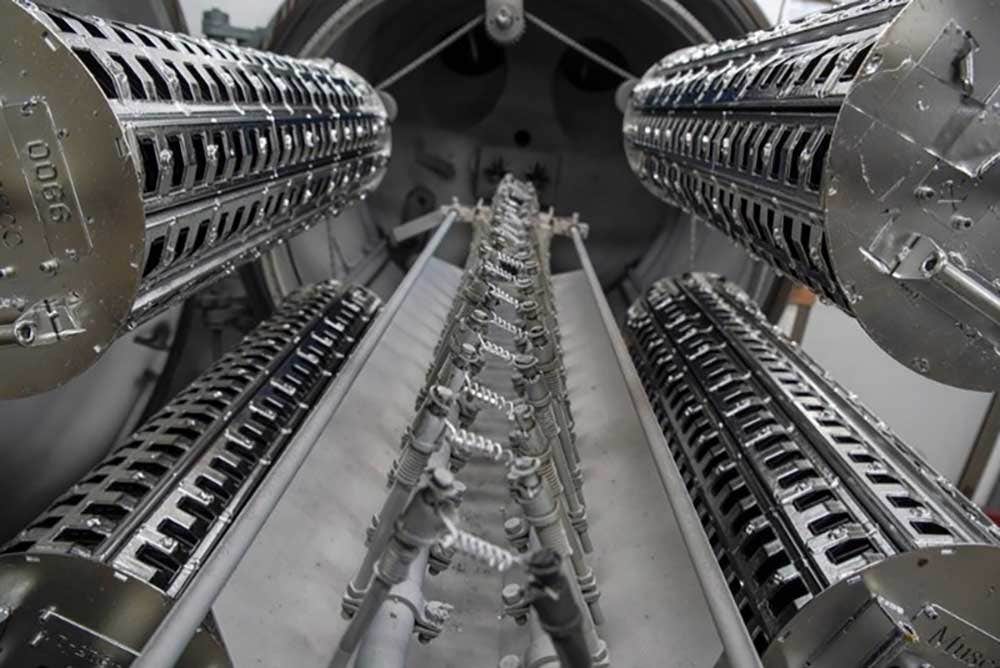
Process: A filled vacuum chamber vaporizes metal which then condenses on the outside surfaces of the part. A primer and basecoat are typically applied to the part before it is placed in a vacuum chamber.
Common Applications: Reflective lamp components (headlights, flashlights, etc), cosmetic pieces
Benefits: Very thin coat, high reflectivity, a safer process for operators.
Drawbacks: Susceptible to Scratching. Difficult to reach areas may not be plated.
Typical Materials/Finish Options: Chrome, Brushed Aluminum, Brass, Gold, Bronze
There you have it, we have looked at five reasons to metal plating your 3D printed parts. If you would like to know more about postprocessing your Markforged or HP 3D printed parts, feel free to contact us at Hawk Ridge Systems today!
